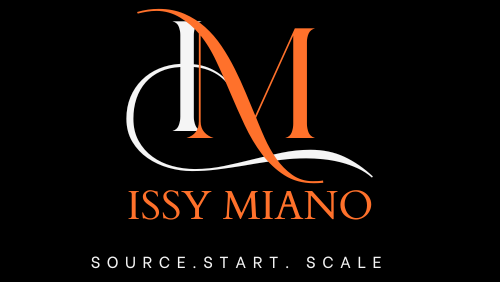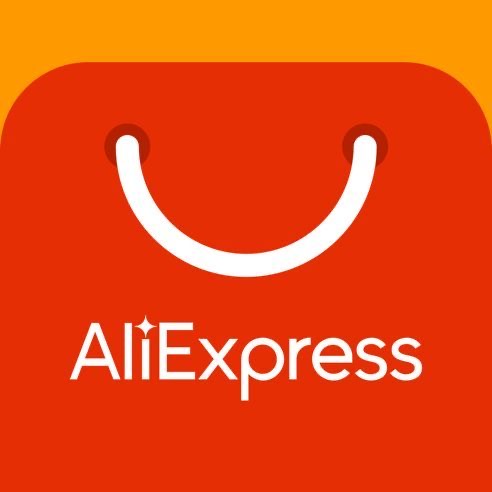🕵️♀️ How to Vet Wholesale Suppliers (Red Flags, Contracts & Samples)
Finding a supplier is easy.
Finding a reliable one — that’s where most new retailers struggle.
Every week, I meet entrepreneurs who’ve lost money to fake vendors, poor-quality stock, or contracts they didn’t understand. I’ve been there too — over a decade ago, when I ordered 200 dresses from a “wholesaler” that turned out to be an exporter of disappointment!
Since then, I’ve built relationships with hundreds of legitimate vendors across the USA, UK, Turkey, and Asia — and I’ve learned exactly what separates the good from the risky.
This guide will show you how to vet wholesale suppliers step-by-step — from red flags to sample testing — so you can build long-term, profitable sourcing partnerships.
🎁 Download your free Supplier Vetting Checklist to follow along.
🧾 Step 1: Verify the Supplier’s Legitimacy
Before any payment or sample order, confirm these basics:
✅ Registered Business:
Ask for a business license or registration certificate.
Legit suppliers are always transparent about their legal name and address.
✅ Website Red Flags:
No business address or contact number
Only email/WhatsApp for communication
Stock photos that appear across multiple “wholesaler” sites
Unrealistic prices (e.g., $2 designer dresses)
✅ Cross-Check Reviews:
Search the company name + “scam” or “review.” Check Trustpilot, Google, or supplier directories.
✅ Social Proof:
Active Instagram or LinkedIn accounts showing packaging, warehouses, or trade show appearances are good signs.
💡 Issy’s Tip: Always look for consistency — the same email domain, logo, and company name across platforms. Mismatched branding is a red flag.
🧳 Step 2: Request a Complete Product Catalog
A real supplier always has:
Digital catalog or PDF brochure
Clear product codes and descriptions
MOQ (minimum order quantity) per item
Currency and payment terms listed
If they can’t provide this within 24–48 hours, move on.
Fake vendors often disappear when you ask for detailed documents.
🎯 Pro Tip: Legit wholesalers often include EAN/UPC codes — a sign they work with established retailers.
🔍 Step 3: Check Communication Professionalism
Reliable suppliers respond:
Within 24–48 hours on business days
With clear answers (not copy-paste replies)
Using a professional business email domain
🚩 Red flags:
Evasive responses about company address or ownership
Constantly changing payment details
Overly pushy sales reps
Poor English for “U.S.” or “UK” registered companies
If something feels off, trust your instincts.
🧴 Step 4: Request Samples — Always
Before you invest in bulk, always order samples.
Here’s what to look for:
| Sample Check | What to Inspect |
|---|---|
| Quality | Fabric thickness, texture, finish, or formula consistency |
| Labeling | Brand name accuracy, care labels, safety warnings |
| Packaging | Durability, design accuracy, sealing quality |
| Product Weight | Matches catalog specs |
| Smell/Feel | Detect chemical or dye residue |
| Functionality | Zippers, pumps, handles, lids, etc. |
💡 Issy’s Tip: Order at least 2–3 samples from different suppliers for the same product — it’s the easiest way to see who’s offering true value vs. low-grade stock.
📜 Step 5: Review Payment & Contract Terms
✅ Safe Payment Methods:
PayPal (for small orders)
Credit card via trusted portals
Bank transfer only to business accounts
Escrow services (Alibaba Trade Assurance, Faire, etc.)
🚫 Never send payments via Western Union or personal accounts.
✅ Contract Essentials:
Product descriptions and quantities clearly listed
Delivery timeline
Refund/replacement policy for damaged goods
Quality standards agreed in writing
Packaging and labeling expectations
🎯 Pro Tip: Add a clause that allows inspection or refund for defective stock. Legit suppliers won’t object.
📦 Step 6: Ask About Export & Logistics Support
For international buyers, confirm:
Shipping partners (DHL, FedEx, UPS)
HS codes for customs
Export documentation (COA, MSDS, invoice)
Insurance for large shipments
💬 Issy’s Tip: U.S. and Turkish suppliers tend to handle export paperwork better than small Asia-based traders. Always confirm before paying.
🚫 Common Wholesale Supplier Red Flags
| Red Flag | Why It’s a Problem |
|---|---|
| “Pay 100% before sample delivery” | Scam risk |
| No company registration proof | Unverified operation |
| Constantly changing product details | Dropshipper, not manufacturer |
| Refuses video calls or warehouse photos | Likely reseller |
| No after-sale support | You’ll be on your own if there’s an issue |
If two or more red flags appear — walk away.
🪞 My Real-World Experience
“When I started buying for my first boutique, I lost $400 to a fake Turkish vendor. I sent money, got silence. But that experience taught me that real suppliers don’t rush you — they prove their credibility first.”
Today, I can spot a scam within a minute — and so will you once you learn these patterns.
🧠 Bonus: Quick Vetting Checklist
✅ Registered business
✅ Verified address and contact number
✅ Professional website and email
✅ Catalog with MOQs and SKUs
✅ References or trade fair participation
✅ Safe payment options
✅ Sample order before bulk
✅ Clear return/replacement policy
💼 Download the printable version inside your Supplier Vetting Checklist.
🔗 Related Resources on IssyMiano.com
❓ FAQs
1. How do I verify a supplier’s business license?
Ask for a copy of their business registration or export license, then cross-check the number online through their country’s business registry.
2. Can I work with suppliers who use Gmail or Yahoo emails?
If it’s a small factory, maybe — but request their business documents first. Large wholesalers always use domain emails.
3. How many samples should I test before choosing a supplier?
3–5 is ideal. Compare packaging, quality, and consistency before committing.
4. What’s the safest payment method for first orders?
PayPal or platform escrow (like Alibaba Trade Assurance). Avoid direct bank transfers until you’ve confirmed legitimacy.
5. How can I build long-term supplier relationships?
Pay promptly, give feedback, share sales updates, and stay professional. Good suppliers remember reliable clients.
✨ Conclusion
Vetting suppliers isn’t about paranoia — it’s about protection.
When you verify, document, and test before you buy, you not only avoid losses but also build credibility and peace of mind.
Download your Supplier Vetting Checklist to safeguard every transaction, and explore the Wholesaler Lists to find verified, export-ready vendors across clothing, beauty, and kitchenware categories.
Because great products start with great partners — and you deserve both. 💼


